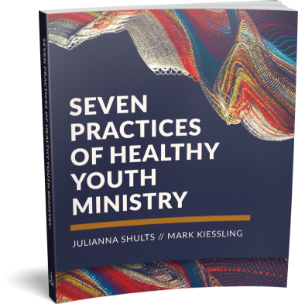Download a printable PDF of the Word One Bible Study for Easter 4 Gospel.
Text: John 10:1-10 for the Fourth Sunday of Easter, Lectionary Series A
Objectives
Participants will:
- Identify ways that people try to get to heaven.
- Discover that Jesus is the way to life.
Materials Needed
Bible
Group Guidelines
This Bible study can be used with small groups of 4-6 people. Determine the leader by who has the most pets. The leader makes sure that each person in the group has the opportunity to share or to pass.
Building Community
- Share with the group your name and some of the keys that you have.
- What are some of the different kinds of doors or gates that we come across in everyday life?
Looking at God’s Word
- Read John 10:1-10. What does the sheep pen represent? Who do the sheep and the shepherd represent? How did the thief and the robber get into the sheep pen? What are some ways that people try to get into heaven? What does Jesus mean when He says, “I am the gate; whoever enters through me will be saved?
- This is not the first time a gate is represented as a way to life. Read the following verses one at a time and ask what the gate is and what is the way of life: Genesis 3:23-24, Psalm 100:1-5, Isaiah 62:10-12, Matthew 7:13-14, Luke 11:9-10.
- Jesus, our Shepherd, is our way to life. Why would He use a shepherd to illustrate the way to life? Read Revelation 21:21-27. What does the Lord represent now and why? Who are the ones who will be saved?
Reinforcing What Has Been Learned
- Read Revelation 22:14-15. Who are the ones that are on the outside of the gate and why?
- In your relationship with God, where do you feel you are right now? On the outside of the gate, at the gate, or inside the city of God? Why?
- “Blessed are those who wash their robes,” are those who experience forgiveness in Christ. For a minute, think about the sins that you struggle to have washed away.
Closing
Assign everyone into groups of 2 or 3 to share something they struggle with. Have them pray for each other.
by Barbara Trombly
Originally published in Discovery Bible Studies 11, 1998.
Updated for youthESource in April 2014









0 Comments